Picture this: you’ve just finished a long day at work, the kids are finally settled, and instead of collapsing onto the couch with another mindless scroll through your phone, you slip into your own personal oasis right in your backyard. The warm water melts the tension in your shoulders, the jets massage the day’s stress, and you can hear yourself think for the first time since morning.
Sounds too good to be true? It’s not. This is exactly what thousands of homeowners are discovering as they leap into hot tub ownership. But with prices ranging from a few thousand to well over twenty-something grand, the big question remains: Are hot tubs worth the investment in 2025?
As someone who’s helped countless families navigate this decision (and watched my own life transform after installing our first spa), I’m here to tell you the real story about the health benefits that go way beyond simple relaxation, including the practical considerations that nobody talks about until after they buy.
What Makes a Hot Tub Worth It in 2025?
If you’ve been paying attention to wellness trends over the past few years, you’ve probably noticed that the focus has shifted from expensive spa treatments and gym memberships to creating wellness experiences right at home. Hot tubs are at the centre of this movement, offering genuine therapeutic benefits beyond simple luxury.
Here are some of the other benefits of hot tubs:
1. Relieves Stress and Muscle Tension
Forget the idea that hydrotherapy is just spa-industry jargon. It’s a time-tested therapeutic method used for centuries – and for good reason. In a review of Therapeutic Aspects of Hydrotherapy, experts discovered that hydromassage improves blood circulation, simultaneously relieving stress, pain, and muscle tension.
This is how it happens:
When you immerse yourself in hot water (typically between 100–104°F), your body starts to respond in remarkable ways:
- Improved circulation: The warmth causes blood vessels to expand, boosting blood flow throughout your body. This boost in circulation brings extra oxygen and nutrients to tired or sore muscles and helps remove waste products such as lactic acid.
- Joint and muscle relief: The buoyancy of the water supports your body and reduces pressure on joints by up to 90%. This game-changer is for anyone with arthritis, back pain, or everyday stiffness.
- Stress reduction: The warmth and weightlessness activate your body’s natural relaxation response. Cortisol (your stress hormone) levels drop while endorphin levels (your natural mood boosters) rise. The result? You feel calm, balanced, and uplifted.
Many of our customers report that after just two weeks of nightly 15-20 minute soaks, they fall asleep faster and sleep more deeply than in years. One customer, Martin, wasn’t sure about getting a hot tub but fell in love after giving it a try:
2. Improve Cardiovascular Health
Using a hot tub regularly can also increase cardiovascular health. This is because heat stress mimics the effects of mild exercise, which increases heart rate and improves circulation. For people with diabetes, the improved circulation can help with blood sugar management. People living with chronic pain conditions such as fibromyalgia often experience meaningful relief from regular hydrotherapy.
Research proves this to be true, too.
One study of over 30,000 people in Japan who took hot baths for 19 years found a lower risk of cardiovascular disease. Dr Irina Todorov, an integrative medicine physician, shared on this Cleveland Clinic blog how hot tubbing can relieve pain:
“Achy muscles or a tense back often feel better after using a hot tub. The hot water is a good alternative to over-the-counter pain relievers for mild to moderate muscle pain.”
From a mental health perspective, hot tubs create what psychologists call a "mindfulness anchor," a dedicated space and time where you’re forced to slow down, disconnect from digital distractions, and focus on the present moment. Awesome, isn’t it?
3. Ultimate relaxation at your pace
Let’s talk about the economics of relaxation for a moment. The average spa visit costs £80-150 for a basic massage or treatment. If you value regular spa treatments (say, once a month), you’re looking at £1,000-1,800 annually. A quality hot tub, over its 15-20 year lifespan, typically costs £300-600 per year when you factor in purchase price, installation, and operating costs.
But beyond the financial math, there’s something profound about having spa-quality relaxation available whenever you need it. Bad day at work? Hop in the hot tub. Argument with your teenager? Hot tub. Sore from your weekend football match? You know where to go.
The convenience factor cannot be overstated. There’s no booking appointments, no driving across town, no scheduling around other people’s availability. Your relaxation oasis is steps from your back door, available 24/7, in any weather. Perfect!
4. Ideal for Social Gatherings and Family Bonding
Between screens and hectic routines, finding genuine time with loved ones can feel nearly impossible. That’s where a hot tub quietly works its magic. The warm, soothing water invites everyone to slow down, be present, and simply enjoy each other’s company. Phones are set aside, eye contact returns, and conversations flow naturally — not because they must, but because the atmosphere makes it easy.
Hot tubs create what sociologists refer to as “liminal spaces” — environments distinct from our everyday routines that naturally encourage different behaviors. People unwind, open up, and connect in ways that rarely happen in the living room or around the dinner table.
They’re also entertaining. Use them as conversation starters, icebreakers, and memory makers. Some of our best dinner parties have ended with everyone in the hot tub at midnight, talking and laughing under the stars. It’s the kind of hosting that excites people to come over.
5. Property Value and Aesthetic Appeal
From a pure investment standpoint, quality hot tubs add 50% of their purchase price to your home’s value, according to Consumer Affairs. But the real value often comes in how they help sell your home. Properties with well-maintained outdoor living spaces, including hot tubs, tend to sell faster and closer to the asking price than comparable homes without these features.
Estate agents consistently tell us that homes with hot tubs photograph better, appeal to a broader range of buyers, and create that "wow factor" that makes properties memorable in a crowded market. In today’s competitive housing market, any feature that helps your home stand out provides significant value.
How to Buy the Best Hot Tub in 2025
Here are some things to look out for before buying a hot tub:
1. Size and Seating Capacity
Think realistically about how you’ll use your hot tub most often. A 2-3 person spa might seem cosy, but if you regularly host family gatherings or enjoy entertaining friends, you’ll wish you’d gone bigger. Conversely, larger tubs cost more to heat and maintain, so there’s a sweet spot for every household.
Think beyond just the number of seats — pay attention to the layout as well. Some hot tubs are designed for stretching out and lounging, while others emphasize upright seating. Take into account your height, your favorite soaking position, and whether you’d like designated areas for different activities, such as quiet relaxation versus targeted hydrotherapy.
For a step-by-step roadmap—from sizing and insulation to long-term running costs—see our Hot Tub Buying Guide 2025 before you make your final decision.
2. Insulation and Energy Efficiency
This is where many people make expensive mistakes. A poorly insulated hot tub can cost £200-400 monthly, while an efficient model might only cost £50-100. Consider full-foam insulation, quality cabinet construction, and well-sealed plumbing to reduce energy costs.
Modern energy-efficient pumps, smart temperature controls, and quality covers can dramatically reduce operating costs. Some manufacturers now offer models that cost less than £2 per day to operate year-round – a game-changer for your monthly budget.
If an off-grid soak sounds appealing, our Wood Fired Hot Tub Buying Guide breaks down burner sizes, heat-up times, and safety tips for these fuel-efficient models.
3. Jet Configuration and Therapy Options
When shopping for a hot tub, it’s easy to get distracted by how many jets it has. But here’s the truth: jet quality and placement matter far more than quantity. A well-designed hot tub uses a strategic mix of jet types, some delivering firm, deep-tissue pressure and others gently stimulating circulation. The goal is personalised hydrotherapy, not just water movement.
Think about where your body holds the most tension. For chronic lower back pain, prioritise models with powerful lumbar jets. Foot jets can provide instant relief if you’re on your feet all day. Dealing with neck and shoulder stiffness? Look for jets positioned at upper-body height, and make sure they align well with your build. Customisable pressure and direction settings are also key to fine-tune the massage to your comfort and needs.
4. Build Quality and Materials
A hot tub is a major investment, and its durability starts with what it’s made of. The shell—the interior surface you sit in—is crucial in longevity and heat retention. High-quality acrylic shells are the industry standard for a reason: they resist cracking, fading, and temperature fluctuations. Cheaper materials may look similar but wear down quickly under regular use and exposure to the elements.
Equally important is what’s underneath and around the shell. Look for tubs with reinforced frames made of galvanised steel or treated hardwood, both known for their structural strength. The outer cabinet should also withstand weather, moisture, and insects. Composite panels or natural cedar are excellent choices—far more reliable than bare wood, which can warp, rot, or invite pests.
And don’t overlook the warranty. Manufacturers that offer 5–10 year shell warranties are sending a clear message: they trust the craftsmanship, and so can you.
5. Water Care Systems
One of the biggest concerns for new hot tub owners is water maintenance, but it doesn’t have to be a hassle. Today’s premium hot tubs come equipped with advanced water care systems that minimise the need for constant monitoring and manual adjustments.
For example, saltwater systems naturally generate sanitiser, creating softer water on the skin and making it less likely to produce that strong chlorine smell. UV and ozone-based systems take a more high-tech approach by neutralising bacteria with minimal chemical use, helping you maintain clear, safe water with fewer additives.
When comparing models, look for systems that simplify weekly upkeep. The best setups require a quick test strip and occasional chemical top-ups—no need for daily pH balancing or confusing routines. The easier the system, the more time you’ll spend enjoying your hot tub instead of maintaining it.
6. Warranty and Service Support
A hot tub isn’t just a purchase—it’s a long-term investment. And like any complex system, things can occasionally go wrong. That’s why a strong warranty and reliable service support matter as much as the tub’s features.
Look for warranties beyond covering parts—they should also include labour, which can otherwise result in unexpected repair costs. But even the most generous warranty won’t be much help if there aren’t qualified technicians nearby. Before buying, check the manufacturer’s local service network and ask the dealer for direct support.
Key questions to ask:
– How fast is the typical response time for service calls?
– Are replacement parts readily available?
– Does the dealer offer routine maintenance services or leave that to you?
7. Budget for the Total Cost
Some owners are happy to handle basic upkeep, while others prefer a hands-off, full-service experience. Make sure the brand and dealer can support your preferred level of involvement.
When buying a hot tub, the initial sticker price only tells part of the story. Planning for the full scope of costs involved in setup and long-term use is essential to avoid surprises.
Start with installation. You may need an upgraded electrical connection, a concrete pad or reinforced decking, and possibly site preparation or drainage work. Add essentials like steps, safety handrails, and privacy screens. These aren’t just nice-to-haves—they’re often necessary for comfort, accessibility, and compliance with local codes.
Then, consider the ongoing expenses: electricity, water, and routine maintenance supplies. A smart rule of thumb is to budget 20–30% on top of the base hot tub price to cover these extras.
Also, factor in optional upgrades that elevate your experience. Think quality steps with non-slip treads, a pergola or gazebo for year-round use, ambient lighting, or even an outdoor heater for chilly nights. These additions enhance comfort and help you make the most of your investment all year round.
Conclusion: Ready to Transform Your Home Into a Wellness Oasis?
Hot tubs aren’t just luxury purchases but investments in your health, happiness, and family connections. In 2025, with our increased focus on home-based wellness and the proven benefits of hydrotherapy, they’ve never made more sense.
Whether you’re dealing with stress, chronic pain, sleep issues, or simply want to create a more relaxing and social home environment, a quality hot tub delivers benefits that compound over the years of ownership. The upfront cost often pays dividends in better health, lower stress, and an overall improved quality of life.
The key is choosing the right hot tub from the right supplier, with proper installation and realistic expectations about ownership. When you get those elements right, you’ll wonder how you ever lived without your personal spa oasis.
Want to explore your options or get personalised recommendations based on your specific situation? Contact our hot tub experts today—we’d love to help you find the perfect spa for your family’s needs and budget!


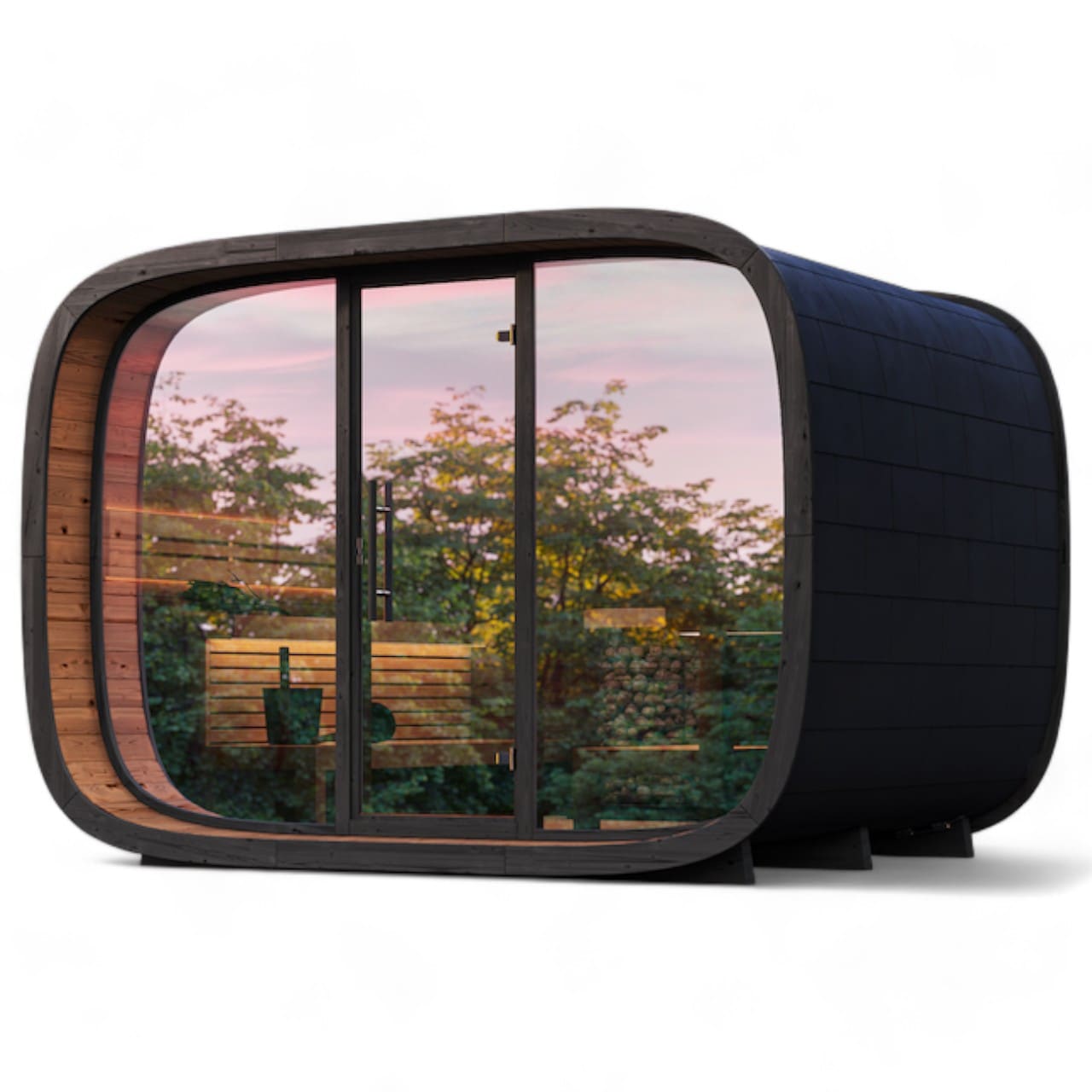
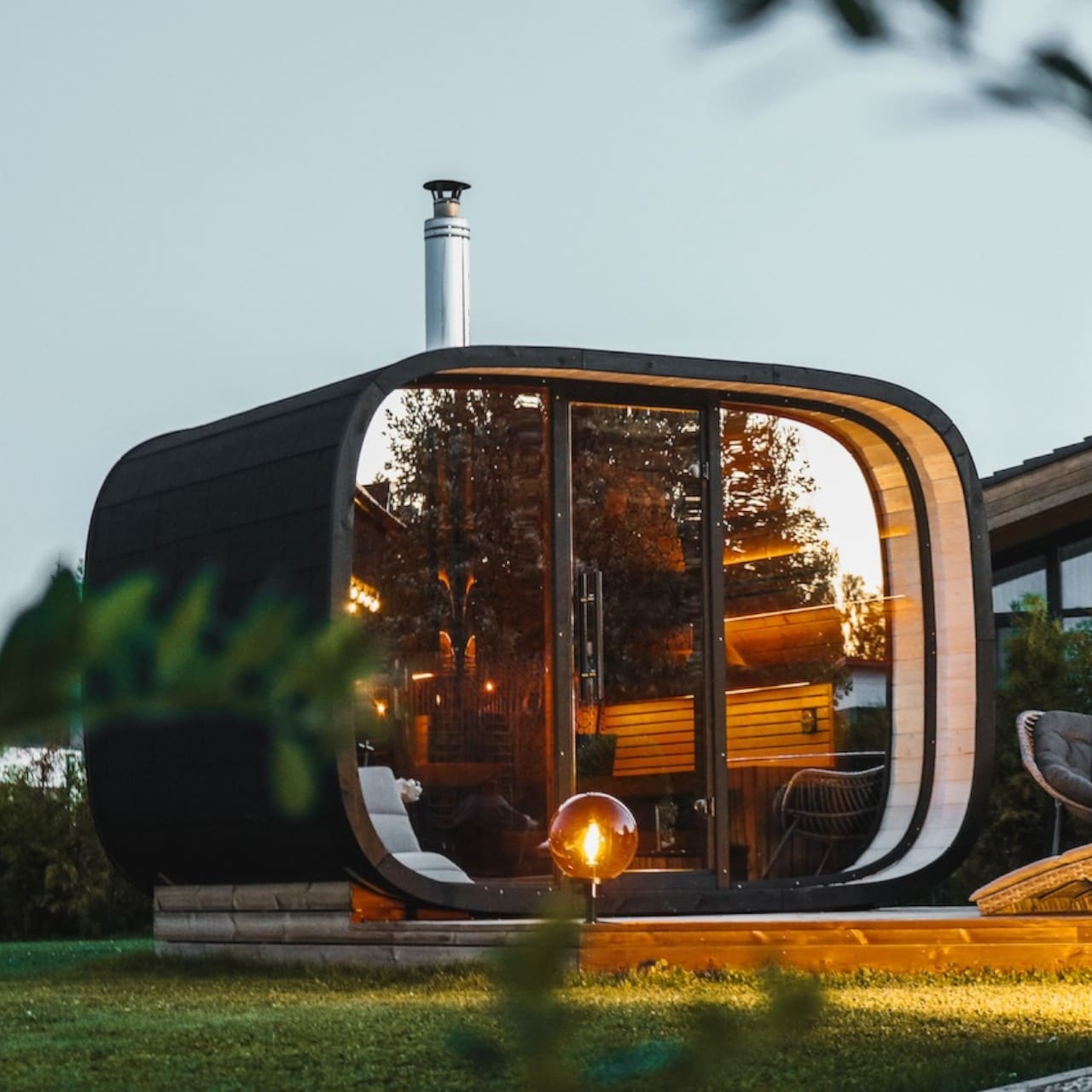
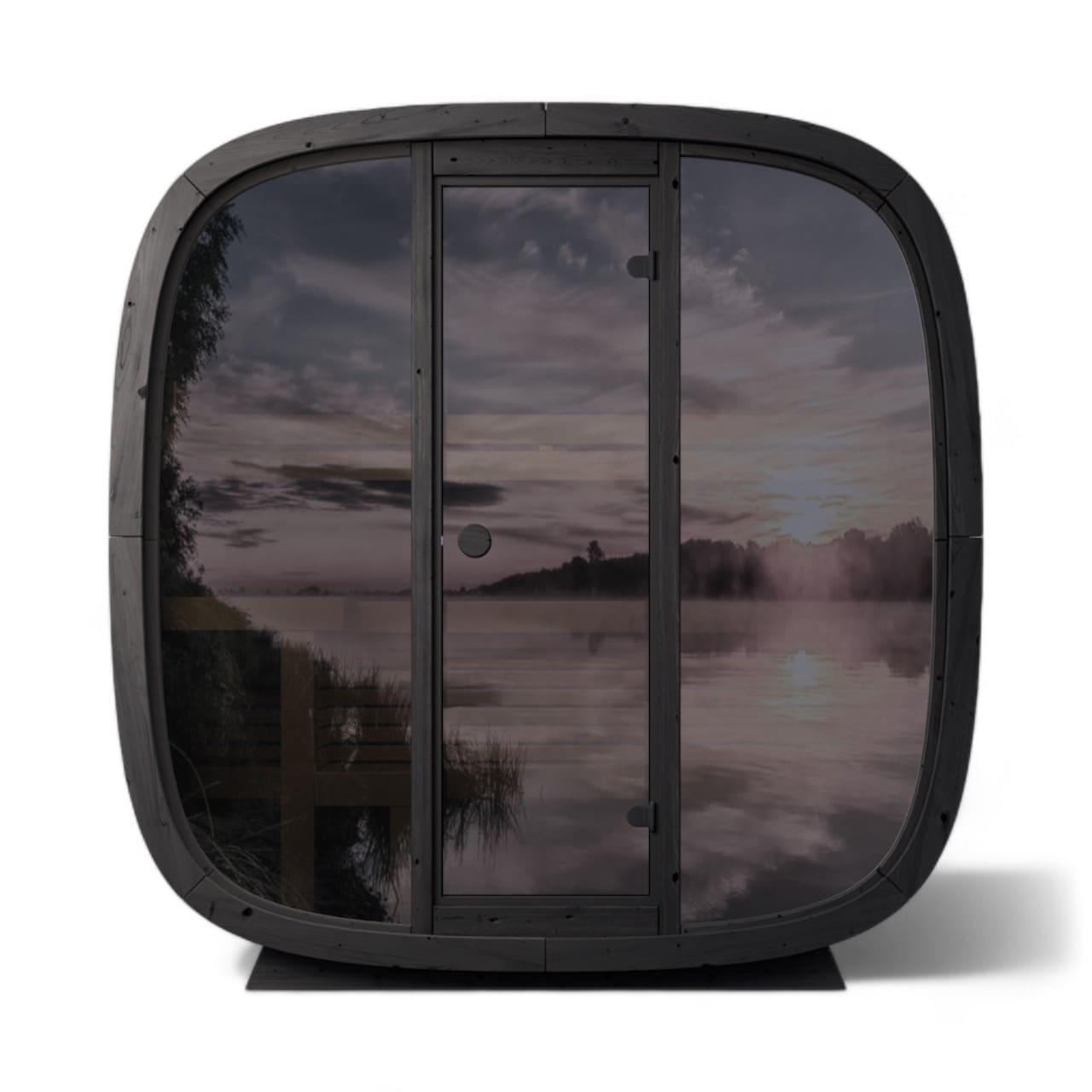
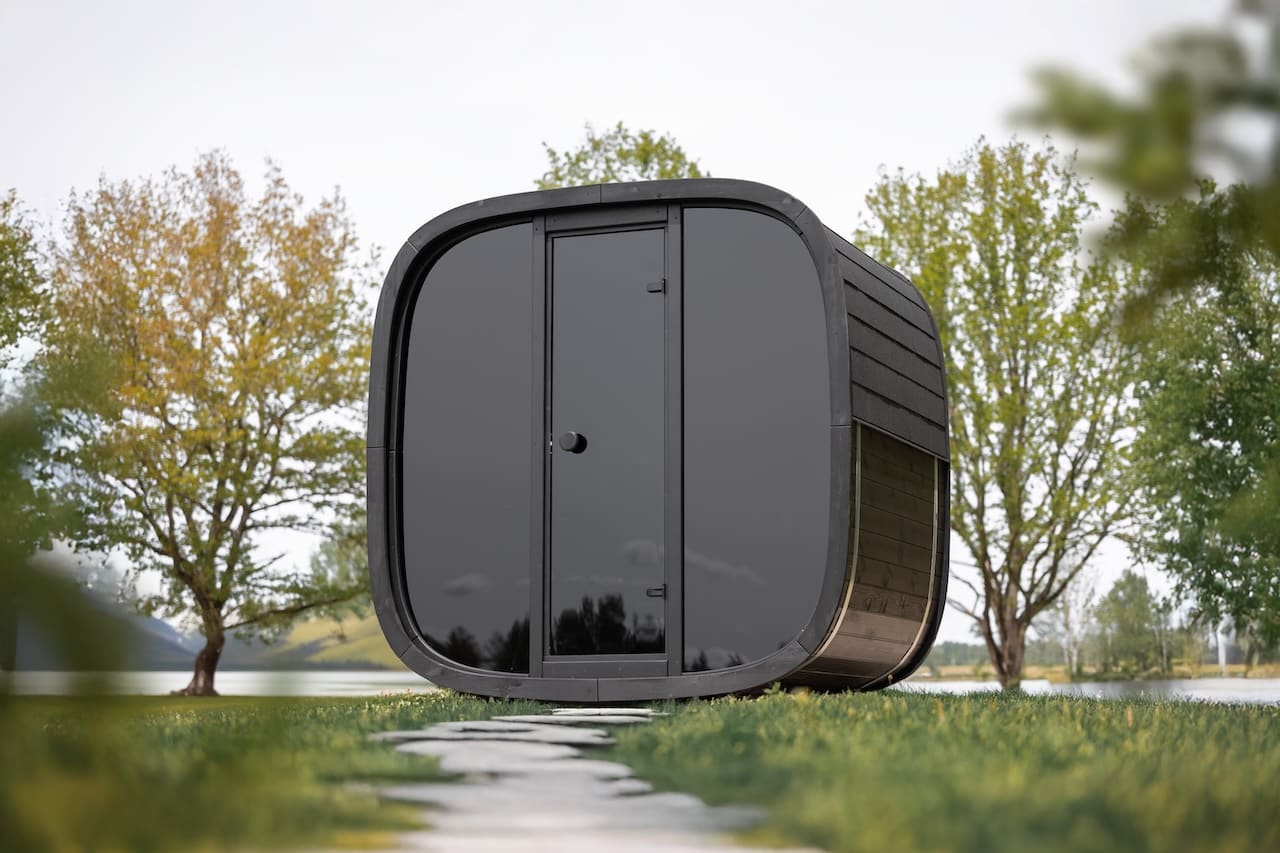
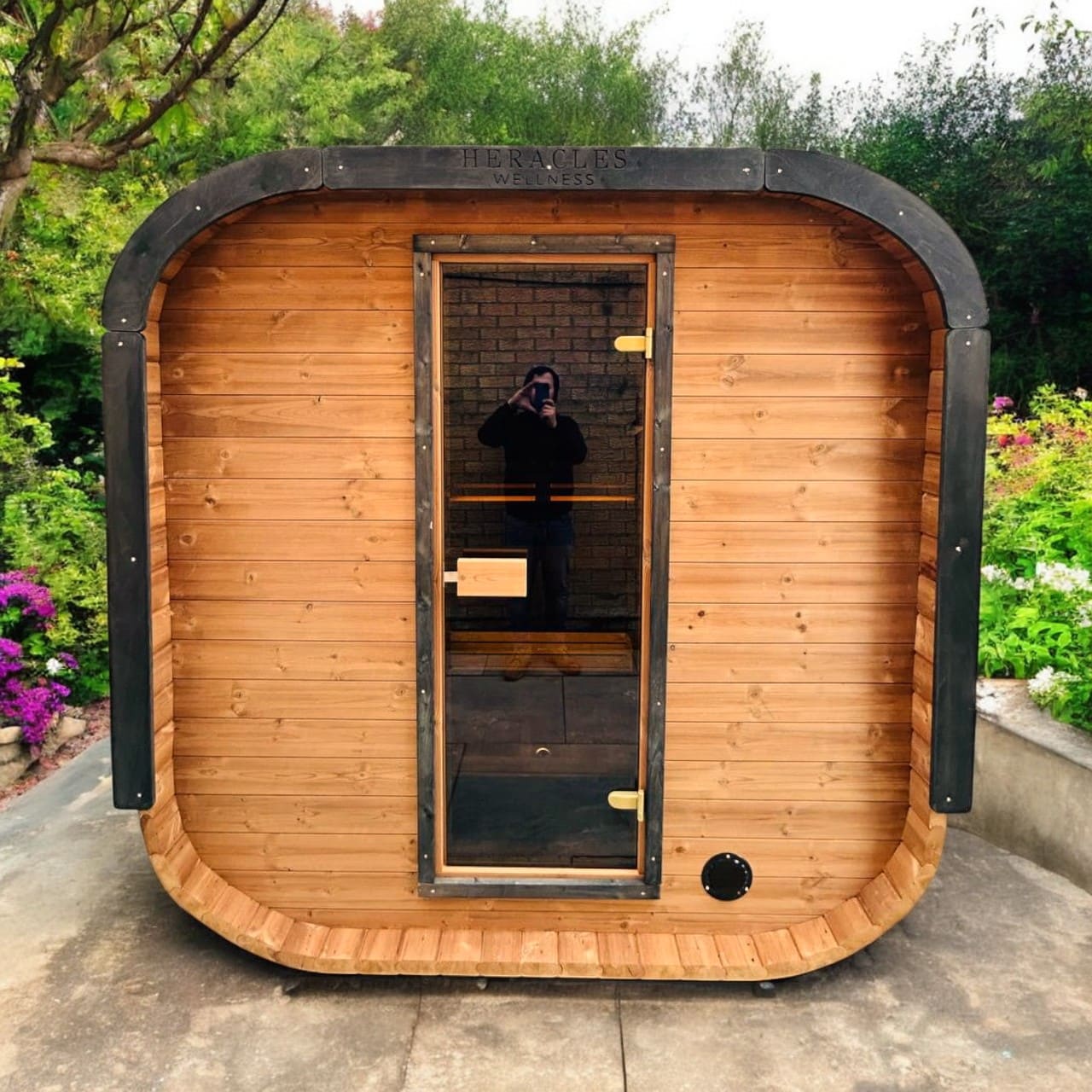
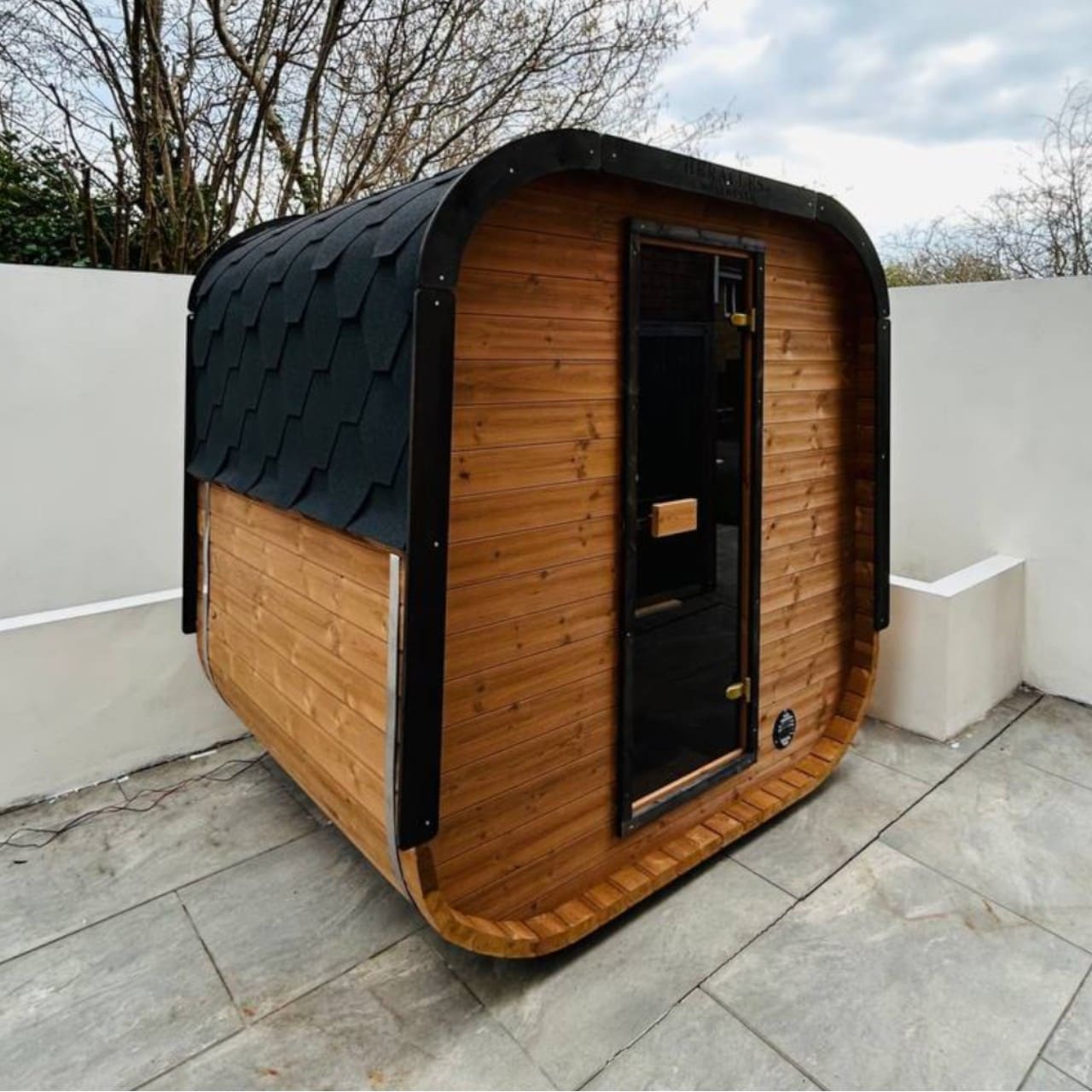


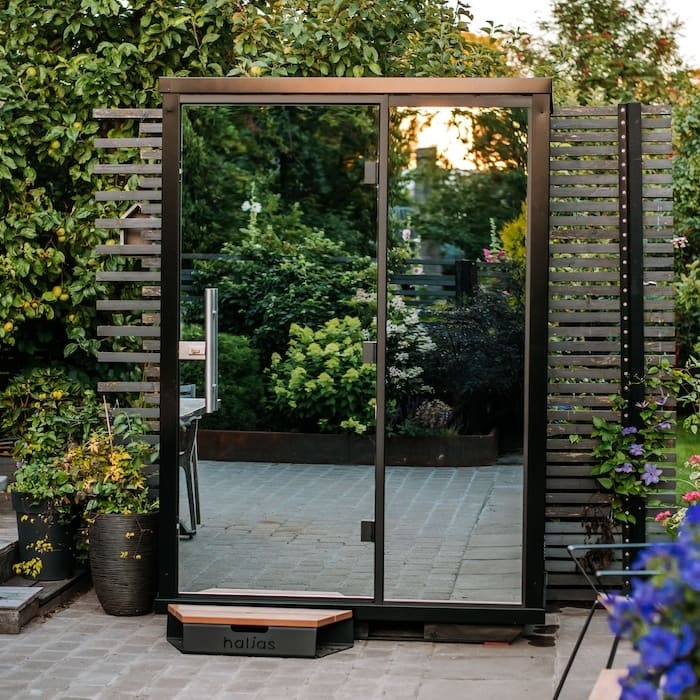
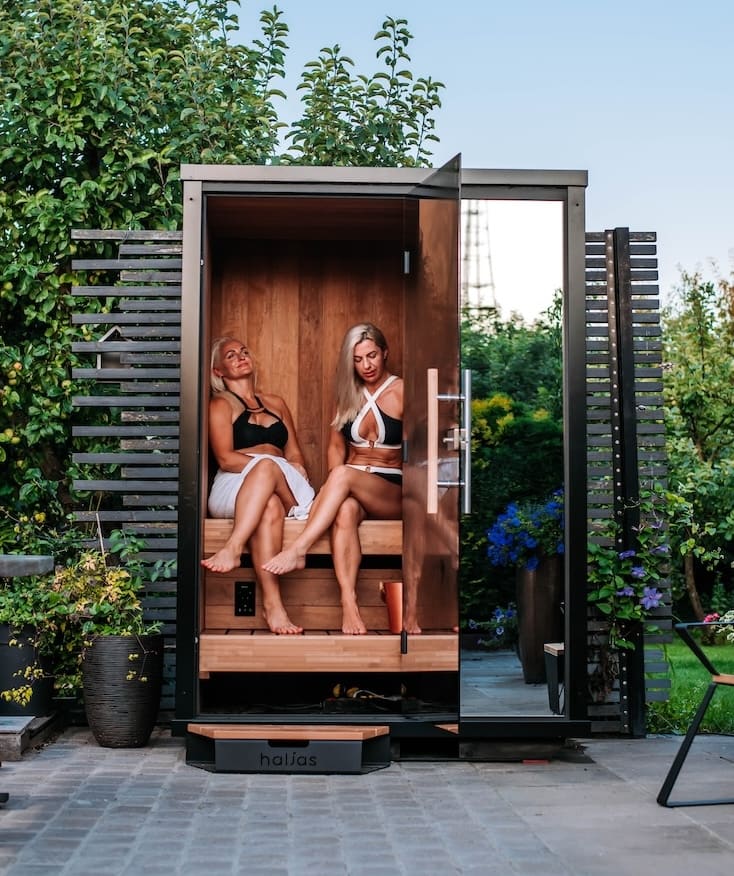


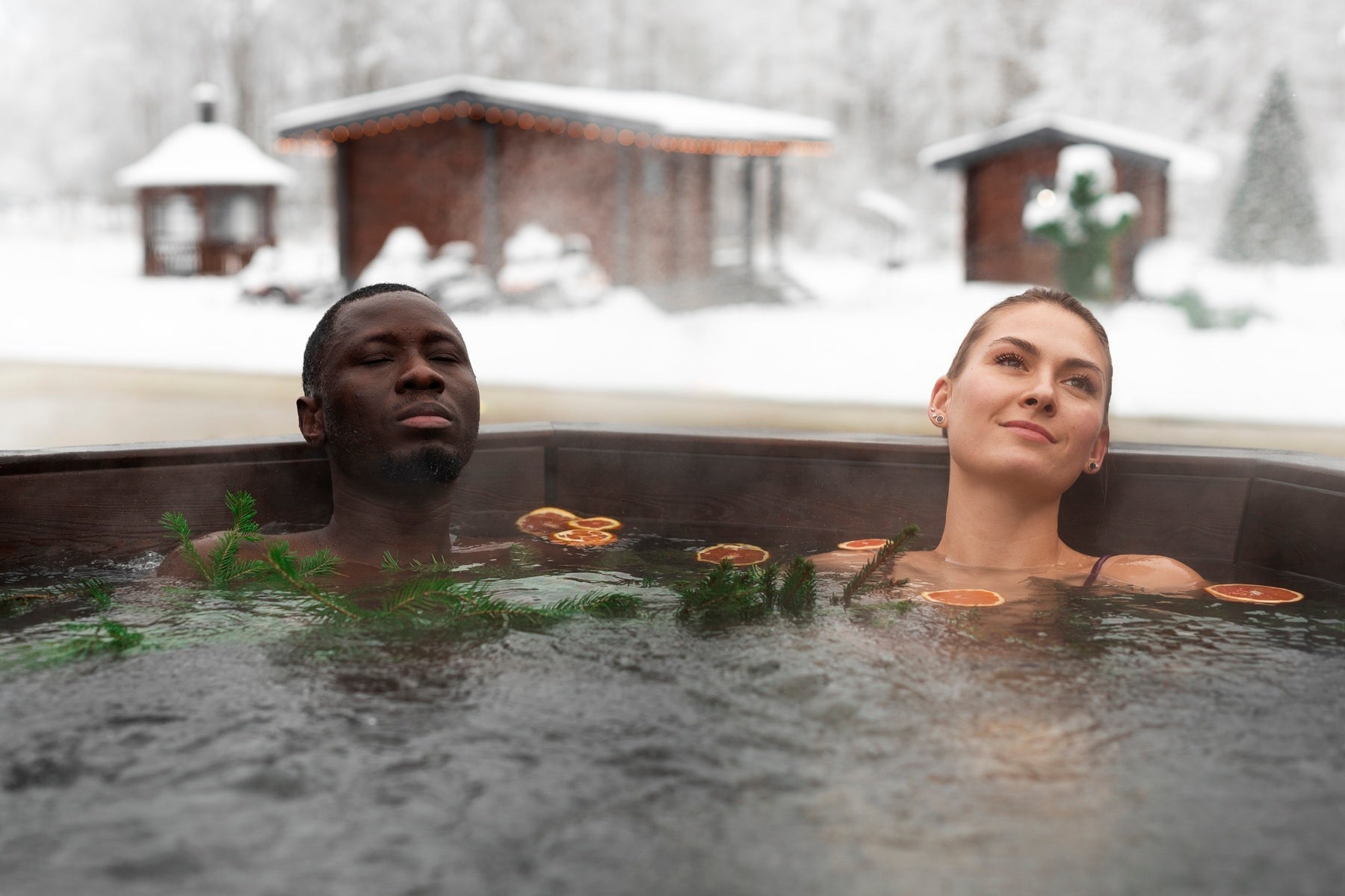
Leave a comment